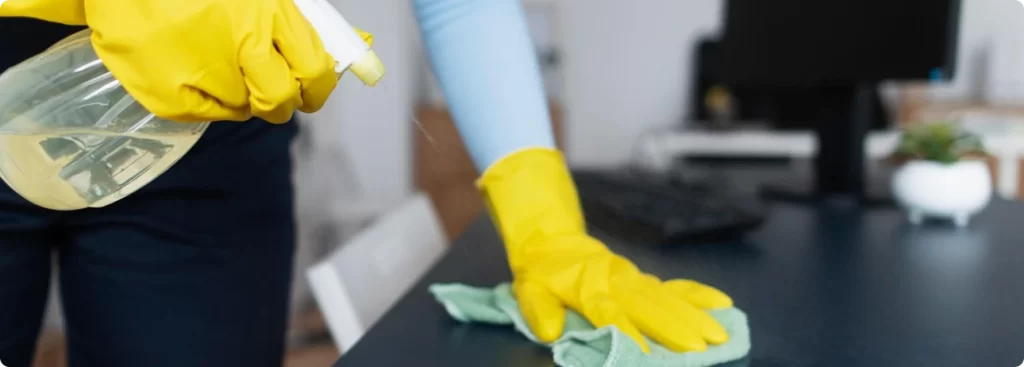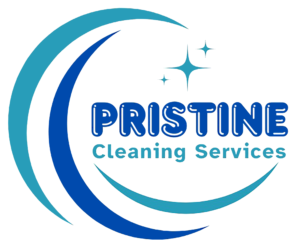Finding the right cleaning service is more than just a convenience; it’s an investment in the cleanliness, safety, and functionality of your environment. Whether you’re looking for a one-time deep clean, routine home cleaning, or regular office upkeep, the right service can make a noticeable difference. This guide will walk you through the essential steps to identify, evaluate, and select the ideal cleaning service for your specific needs.
Table of Contents
- Understanding Your Cleaning Needs
- Types of Cleaning Services Available
- Benefits of Hiring a Professional Cleaning Service
- Setting a Cleaning Budget
- Researching Local Cleaning Companies
- Checking Credentials and Insurance
- Understanding Service Packages and Flexibility
- Inquiring About Cleaning Products and Equipment
- Evaluating Customer Reviews and Testimonials
- Comparing Service Guarantees and Policies
- Scheduling Options: How Often Should You Clean?
- Comparing Prices and Getting Quotes
- Important Questions to Ask Before Hiring
- Red Flags to Avoid
- Making Your Final Decision
“A clean home makes a big difference in your everyday life, and hiring professionals takes the stress off while keeping your space healthy and fresh.”

1. Understanding Your Cleaning Needs
Before researching cleaning services, assess your specific needs. Consider factors such as the type of cleaning (deep, regular, or specialized), the areas that need attention, and any particular requirements, like green cleaning products or hypoallergenic materials. Recognizing these needs can help you narrow down your options and focus on services that align with your expectations.
2. Types of Cleaning Services Available
Cleaning services vary widely in scope and specialization, and it’s crucial to understand what each entails to choose the best fit for your requirements.
- Residential Cleaning: This includes routine home cleaning tasks like dusting, vacuuming, and surface sanitization.
- Commercial Cleaning: Tailored for offices and business spaces, these services usually include floor care, trash disposal, and restroom cleaning.
- Deep Cleaning: More intensive than routine cleaning, deep cleaning services cover areas that may not be regularly attended to, such as baseboards, vents, and inside appliances.
- Move-In/Move-Out Cleaning: These services are ideal for those moving homes and involve thorough cleaning to prepare the space for new occupants.
- Specialized Services: These may include carpet cleaning, window cleaning, and other tasks that require specialized equipment or expertise.
3. Benefits of Hiring a Professional Cleaning Service
Hiring a professional cleaning service offers several advantages:
- Time Savings: Free up your schedule for other activities by outsourcing cleaning tasks.
- Consistent Results: Professional cleaners adhere to high standards, ensuring a consistently clean environment.
- Access to Professional Equipment: Many cleaning companies use specialized tools and products not typically available to individuals.
- Customized Cleaning Plans: Services are tailored to fit unique needs, preferences, and schedules.
4. Setting a Cleaning Budget
Budget is a key factor when choosing a cleaning service. Prices can vary significantly based on the type of cleaning, frequency, and specific requirements. Define a budget that aligns with your cleaning needs and consider comparing rates from different companies. It’s essential to balance cost with quality, as the cheapest option may not always deliver the best results.
5. Researching Local Cleaning Companies
Start by compiling a list of cleaning companies in your area. Utilize online directories, review sites, and recommendations from friends or family. Visit each company’s website to learn about their services, history, and reputation. Local community groups and forums can also be excellent resources for finding reliable recommendations.
6. Checking Credentials and Insurance
Professional cleaning companies should carry appropriate insurance, which covers any accidental damage or injury that may occur during the cleaning process. Verify that the company is licensed to operate in your state or region, as this adds a layer of credibility. Insurance is particularly important in commercial cleaning, as it protects your office’s assets and the cleaners in case of any incidents.
7. Understanding Service Packages and Flexibility
Many cleaning companies offer a variety of packages or customized plans to suit different budgets and needs. Common packages may include basic cleaning, deep cleaning, and specialized add-ons (like carpet shampooing or window washing). Ask about package flexibility to adjust services as needed, whether on a recurring or as-needed basis.
8. Inquiring About Cleaning Products and Equipment
If you have preferences for eco-friendly or hypoallergenic cleaning products, inquire if the company offers these options. Some companies use environmentally friendly products by default, while others may require special requests. Professional cleaning companies generally supply their own equipment, but if there are specific products or methods you prefer, discuss these in advance to avoid misunderstandings.
9. Evaluating Customer Reviews and Testimonials
Online reviews provide insight into a company’s reliability, professionalism, and quality of service. Look for patterns in reviews—consistent praise for punctuality or reliability, for instance, suggests a trustworthy company. Be cautious if you notice recurring complaints about similar issues. Many companies also feature testimonials on their websites, but for an unbiased view, explore independent review platforms as well.
10. Comparing Service Guarantees and Policies
Service guarantees are a sign that a company is confident in the quality of their work. Some cleaning services offer a satisfaction guarantee, which means they will re-clean areas if the client is unsatisfied. This policy provides peace of mind, especially for first-time clients. Also, check the company’s policies on cancellations, rescheduling, and changes to the cleaning plan.
11. Scheduling Options: How Often Should You Clean?
The frequency of cleaning depends on factors like usage, the number of occupants, and specific needs. Here are some common schedules:
- Weekly: Ideal for households with children or high-traffic offices
- Biweekly: Suitable for most residential spaces that maintain a basic level of cleanliness
- Monthly: Works well for deep cleaning needs
- Custom: Many companies offer flexible plans, allowing you to schedule cleanings as needed.
12. Comparing Prices and Getting Quotes
Request quotes from several companies and compare pricing structures. Some companies charge hourly rates, while others may offer flat fees based on the type and scope of service. Ensure that the quote includes any additional fees, such as taxes or extra charges for specific tasks. Also, inquire about discounts or promotions for first-time customers or long-term contracts.
13. Important Questions to Ask Before Hiring
Prepare a list of questions to ask potential cleaning services. Some essential questions include:
- How do you screen and train your employees?
- Are your cleaners bonded and insured?
- What should I expect on the first cleaning visit?
- Do you have a satisfaction guarantee?
- Can I request the same cleaner for each visit?
14. Red Flags to Avoid
To ensure you’re hiring a reliable cleaning service, watch out for these red flags:
- No Insurance or Bonding: Lack of insurance or bonding is a major red flag and could expose you to liabilities.
- Low Prices with No Reviews: Very low prices combined with a lack of positive reviews can indicate poor service quality.
- Unclear Policies: A reputable company should have clear policies on issues like cancellations, refunds, and service guarantees.
- Limited Communication: If a company is difficult to reach or unresponsive to questions, it may indicate poor customer service.
15. Making Your Final Decision
After comparing all factors, narrow down your list to two or three options. Consider scheduling a trial clean with each to evaluate their work firsthand. Take note of the company’s professionalism, timeliness, and attention to detail during this trial. Once you’ve found a service that meets your standards, confirm your cleaning plan and establish a clear schedule.


